The voyage vacation
Overview of Rajasthan
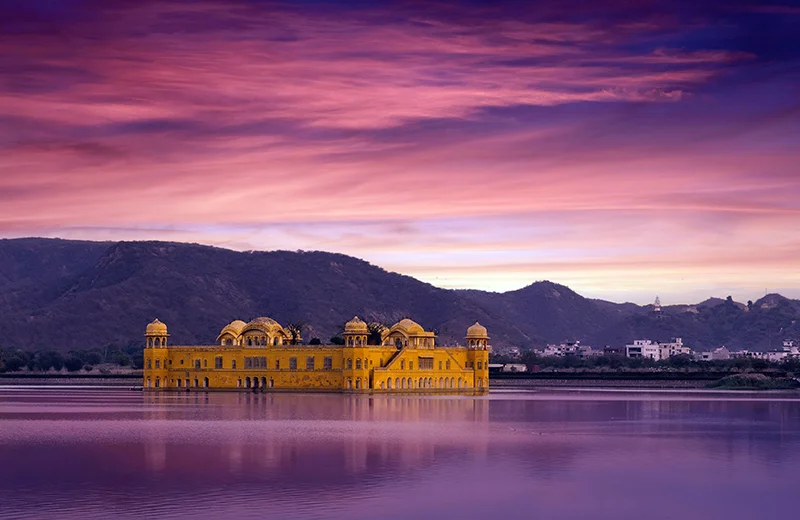

Tours
Wild Life
Culture
Nature
Backwater
Overview of Rajasthan
11 days / 10 nights
Cities to visit: Delhi – Udaipur – Pushkar – Jaipur – Fatehpur Sikri – Agra –Delhi
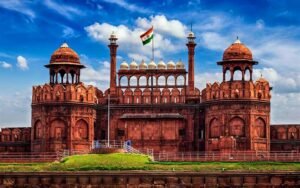 |
Day 01 :- Delhi: Arrival in the morning or evening at Delhi IGI Airport, Terminal 3. Reception by our local representative to welcome you to India and transfer to the hotel. Delhi, capital of India , an ancient, medieval and modern city. Discovery of the city of Delhi visit to the largest mosque in India; the JamaMasjid mosque, and the bustling markets of ChandniChowk and the BoaliKhari market, the largest spice market in Asia. Then visit Humayun’s tomb. In the evening, visit IndiaGate. (This day’s program may be subject to change depending on the arrival time of your international flight). |
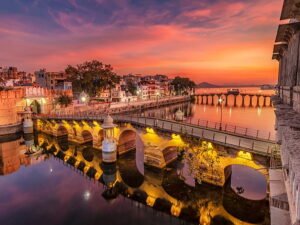 |
Day 02 :- Delhi / Udaipur: (by plane): In the morning transfer to Delhi airport to take the flight to Udaipur. On arrival, welcome by our local representative then transfer to the hotel. In the afternoon, visit the Sheliyon Ki Bari garden, one of the most beautiful gardens in Udaipur. Saheliyon Ki Bari means “ladies’ garden”. The garden, famous for its lush green lawns and fountains, located on the banks of Fateh Sagar Lake, was built in the 18th century by Maharaja Sangram Singh for his queen. In the evening, Rajasthani traditional dance and puppet show at Bagoreki Haveli. |
 |
Day 03 :- Udaipur: Udaipur, also called “The Venice of the East”, is the most romantic setting in Rajasthan thanks to its numerous lakes and magnificent palaces. Visit the City Palace (complex of several palaces built in 1559 by Maharana Udai Singh as the main palace of the Sisodia Rajput dynasty), and the Hindu temple Jagdish Temple. Day dedicated to visiting the old city of Udaipur. In the evening, boat trip on Lake Pichola. |
 |
Day 04 :- Udaipur: Free day to stroll around the city of Udaipur. |
 |
Day 05 :- Udaipur / Chittorgarh / Pushkar (338 and 7 hours drive): Departure for Pushkar. On the way visit the Chittorgarh fort, the largest fort in India. It bears traces of three Muslim invasions and testifies to the pride of Rajput warriors. Settling in Pushkar, a small town nestled around a sacred lake, this town arose where Brahma, the creator God of Hinduism, is said to have caused a lotus flower to fall. In the 1970s, it was an important crossing point for hippies from all over the world.Today, Pushkar is a major pilgrimage site for Hindus with its 400 temples and 52 ghats around the sacred lake. Visit the sacred lake and its numerous temples, including one dedicated to Brahma. At the end of the afternoon, visit the local markets of Pushkar. . |
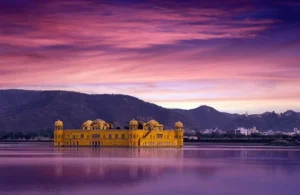 |
Day 06 :- Pushkar / Ajmer / Jaipur (145km and 3h30 drive): Departure for Jaipur. On the way visit the Jain temple of Nasiyan and the palace of Akbar and its museum in Ajmer. Settling into the host family. Jaipur, capital of Rajasthan founded by the astronomer king Jai Singh II between 1688 and 1743. Visit the Palace of the Winds (Hawa Mahal) from the outside) and the market around it. In the evening, discovery of the old town, also nicknamed the “pink city”, and visit of the Laxminarayan temple. |
|
Day 07 :- Pushkar / Jaipur (145km and 3h30 drive): Departure for Jaipur. Installation in Jaipur, the capital of Rajasthan founded by the astronomer king Jai Singh II between 1688 and 1743. Visit of the Palace of Winds (Hawa Mahal) from the outside) Visit of the bazaars of the “pink city”. In the evening, discovery of the old town, also nicknamed the “pink city”, and visit of the Laxminarayan temple. |
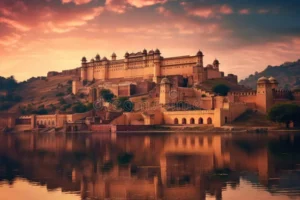 |
|
Day 08 :- Jaipur: Departure for the visit of Amber Fort. Drive up to Amber Fort then visit this fortified palace which was the citadel of the Kachhwaha dynasty until 1727, when the capital was transferred to Jaipur. Successive rulers continued to visit there on special occasions, seeking the blessings of the family goddess, ShilaDevi. The citadel was founded under the orders of Man Singh I in 1592, on the ruins of an old 11th century fort, but it is the various buildings added by Jai Singh I which form the magnificent central body. In the afternoon visit the City Palace (the palace of the king of Jaipur). Walk through the bazaars of the “pink city” and explore its historic districts. In the evening, a cooking class and friendly dinner with an Indian family. |
 |
|
Day 09 :- Jaipur: Free Day In Jaipur To Stroll Around The City. |
 |
|
Day 10 :- Jaipur / Abhaneri / Fatehpur Sikri / Agra (245kms and 6 hours drive): Departure for Agra. On the way, visit Chandbori stepwell at Abhaneri near Jaipur. One of Rajasthan’s best kept secrets, the Chand Baori, a well named after and built at the request of King Chanda in the 11th century. Its 3,500 steps, of disconcerting symmetry, dig into the earth to reach a depth of 30 meters. In this region affected by drought, this initiative allowed a large number of people to fetch water, for daily needs and for sacred rituals, then visit the fortified city Fatehpur Sikri. It was the imperial capital of the Mughal Empire from 1571 to 1584. Built by Emperor Akbar, perfectly preserved since its abandonment, it is a remarkable testimony to Indo-Islamic architecture of the 16th century. Installation in Agra. In the evening, visit the Agra market. |
|
.
|
Day 11 :- Agra / Delhi: Early morning departure to visit the Taj), one of the seven wonders of the world. Built at the request of the Mughal Emperor Shah Jahan in homage to his beloved, its construction mobilized more than 20,000 workers and craftsmen from all over the world. Return to the hotel for breakfast. At the end of the morning visit the Agra Fort, one of the most beautiful Mughal style forts built in 1565 by Akbar and enlarged by his grandson Shah Jahan. In the afternoon departure for Delhi. On arrival transfer to the international airport to catch your return flight. |
 |
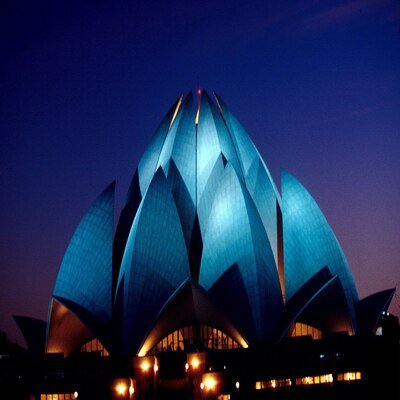
Delhi
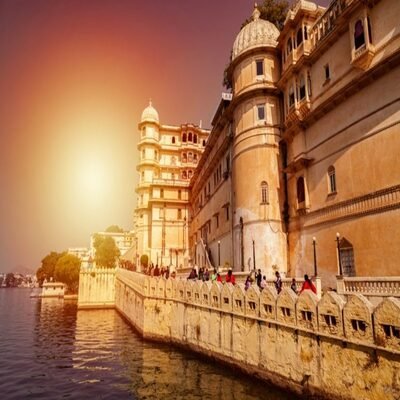
Udaipur
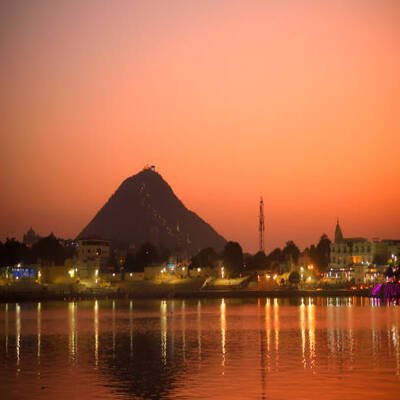
Pushkar
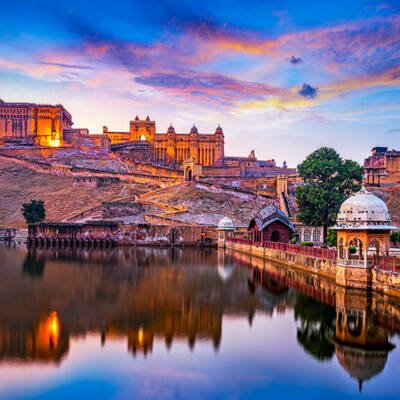
Jaipur
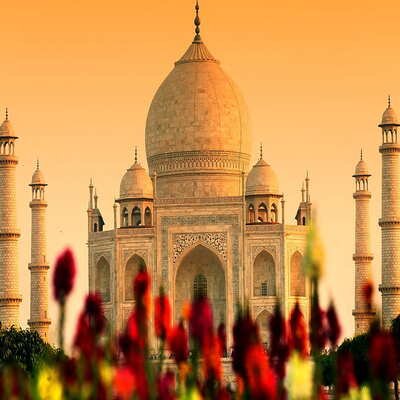
Agra
Overview of Rajasthan
We would also like to point out that our drivers are chosen for their seriousness, their sense of service, their availability and their competence, but unfortunately they do not all have a perfect command of English. When they speak it, they become guides! However, communication is still possible and generally sufficient. If you wish, you can occasionally request the services of a local English- or French-speaking guide (depending on the sites) during your visits.
THE PRICE INCLUDES:
-
A Toyota etios car or similar, air-conditioned and comfortable vehicle for the 2 participants of the trip with the driver (parking fees, gasoline, road taxes, and toll included).
An experienced driver (accommodation, meals and salary included).
Accommodation in “double” rooms, taxes and breakfast included.
Boat trip to Udaipur (depending on weather conditions).
Entrance tickets for the Bagore -ki- haveli and for the traditional dance show in Udaipur.
Cooking class and dinner with an Indian family in Jaipur.
Domestic flight between Delhi / Udaipur.
NOT INCLUDED:
-
× International flights.
× International airport taxes.
× Lunches and dinners (unless indicated in the price includes).
× Entrances to monuments and sites to visit.
× Visa fees.
× Drinks.
× Tips.
Good To Know:
-
Visa is required to visit India. We offer visa service for India, please contact us.
A tax for video equipment is sometimes requested at the entrance to monuments
The Indian road network is of average quality, traffic times can be longer than expected, but the quality of the discoveries at each moment compensates for this slight discomfort
Depending on the monsoon and the water level, the boat trip on Lake Pichola may be subject to cancellation.
The weight of baggage on domestic flights is limited to 15kilo in hold and 7kilo in hand luggage. A supplement of 3 euros per kilo will be requested at check-in for domestic flights.
You can pay us by your premium or gold visa card directly in France which will allow you to benefit from cancellation and repatriation insurance.
This tour may be subject to small modifications depending on airline and train schedule changes, hotel availability and monument entry times.
We would also like to point out that our drivers are chosen for their seriousness, their sense of service, their availability and their competence, but unfortunately they do not all have a perfect command of English. When they speak it, they become guides! However, communication is still possible and generally sufficient. If you wish, you can occasionally request the services of a local English- or French-speaking guide (depending on the sites) during your visits.





